With the rising awareness of pet welfare, many pet parents are going to great lengths to make their yards safe for their furry babies.
Refurbishing your outdoor space to accommodate your animal companions is easier and surprisingly more affordable than you would expect.
The following guide will help you create an exterior space that is both beautiful and safe for your beloved pets. Let’s see how below!
Choose Non-Toxic Plants
Choosing the right plants is key when creating a yard that’s safe and welcoming for pets. Look for species that won’t harm your four-legged friends but still add natural beauty to your garden.
Lavender promotes tranquillity, spider plants are low-maintenance, and marigolds brighten up their surroundings without posing any risks. These are all wonderful options worth considering if you’re hoping to avoid unnecessary trips to the vet.
The ASPCA’s online guide can point you in the right direction if you’re looking for a more diverse selection. Local garden centres can also provide helpful advice on what types would be appropriate and which ones to avoid.
From soft snapdragons to lush ferns, you won’t struggle to find pet-safe flora that adds both texture and colour to your outdoor area.
Create Designated Pet Areas
Making your outdoor space pet-friendly doesn’t mean sacrificing its visual appeal. You can still keep it looking beautiful while giving your non-human companions a secure space to run wild.
Gravel or mulch can keep key areas tidy without breaking the bank. Both help suppress weeds and reduce the need for regular mowing or constant weeding.
Recycled materials are kinder to the planet and your wallet, so opt for those whenever possible.
Dedicating specific areas for your pets, away from your flower beds, is a clever move. It will keep your precious flora from getting trampled or dug up by your overenthusiastic furballs.
Use quaint logs or rustic stones to mark out these areas and add a whimsical touch to your space.
Think about your pets’ comfort, too. Add some shade or shelter to help keep them cool on hot days. A pergola or a big tree will do the trick.
Install Durable Fencing
A sturdy fence does more than mark the edge of your property. It offers privacy, security, and peace of mind, knowing that your pets are where they need to be.
One gap is all it takes for those mischief-makers to go missing. With the right border, they can roam freely, without you losing your mind.
There are plenty of options out there, so you must choose carefully. You can’t go wrong with any of the following:
- Wooden fences. These classic models provide an earthy feel and help block out noise, making your garden feel more like a secluded oasis.
- Vinyl fences. Polyvinyl chloride, the type of plastic used for these structures, is rather tough and easy to maintain. It’s also not easily fazed by bad weather.
- Chain-link fences. Made of interwoven steel wires, chain fences are durable, practical, and quite affordable. However, they’re not exactly the prettiest of the bunch.
A fence that matches your garden’s overall aesthetic will tie the whole space together. If you fancy yourself a DIY master, you can build it yourself. It’s much easier than you think.
Begin by marking out the area where it will go and measuring the total length. Aim for a height of 6 feet or more if your dogs are the athletic type, then calculate how many panels you’ll need.
Dig holes for your posts, around 6 feet apart, and use a level to ensure they’re upright. Next, secure each one with concrete or post mix, and let them set to make sure they’re firmly secured.
Once set, attach your panels or horizontal rails using galvanised screws or brackets. Then, apply any decorative elements or weatherproof treatments you desire.
To be on the safe side, check the local regulations in your area before you begin construction.
If the idea of planning and installing the right fence leaves you feeling overwhelmed, there’s no shame in calling a gardening expert to help with your landscaping design. They will help you secure your property and give you pointers on how to prevent potential breaches.
Use Pet-Safe Mulch and Ground Cover
Mulching does more than tidy up your garden. Organic mulch, like straw or wood chips, keeps the grounds both safe and practical for everyone involved. Just steer clear of cocoa shell mulch. Although it smells lovely, it has the same compounds that make chocolate toxic for dogs.
Try ground covers, like clover, instead for a soft, lush finish that won’t need much fuss to stay vibrant.
Organic materials are always the best way to go, as they minimise the need for extra fertiliser. They also keep opportunistic weeds at bay, eliminating the need for harsh sprays or strong solutions.
With so many colours and textures available, mulch allows you to personalise the space while giving your garden a helping hand.
Avoid Sharp Edges and Potential Hazards
Danger isn’t always immediately obvious. Sometimes, it lurks in the most random spots that you wouldn’t think to double-check. These include sharp edges on garden beds.
Much like you would if you were babyproofing, you should either install corner protectors or sand them down to round them off.
Additionally, remove any broken pots lying around and store sharp tools out of reach. That way, you won’t have to worry about your four-legged friends getting injured during their boisterous play.
Fertilisers and pesticides can also be quite toxic to animals and must be kept far away from their curious paws and inquisitive noses.
Accidents are easier to prevent than fix, so take a walk around the place now and then to make sure nothing is out of order.
Conclusion
There you go! Now you know how your backyard can be a safe haven for both you and your furbabies.
These simple tricks will also reduce your workload drastically and can even save you money on unexpected pet-related mishaps—a win-win situation for everyone involved!


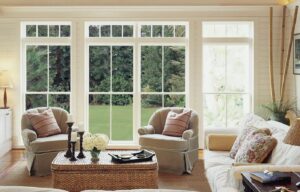

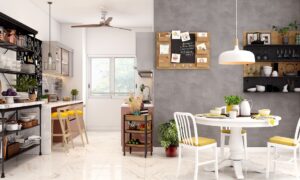
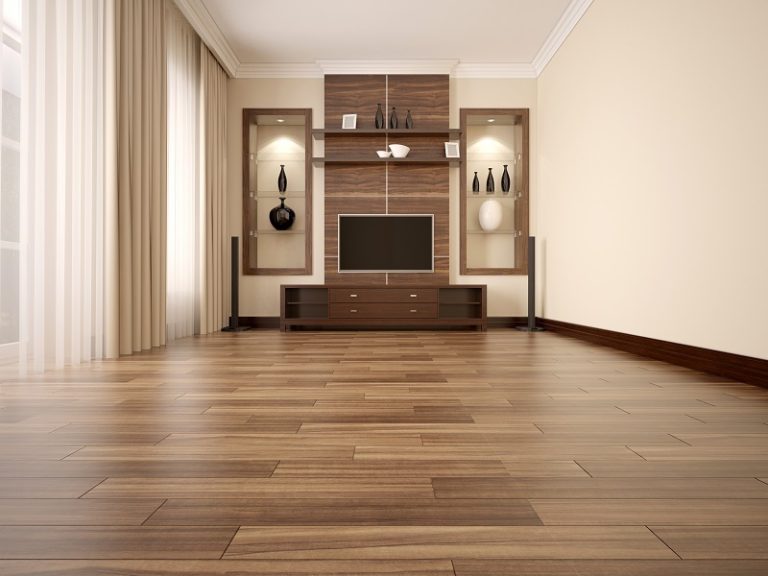
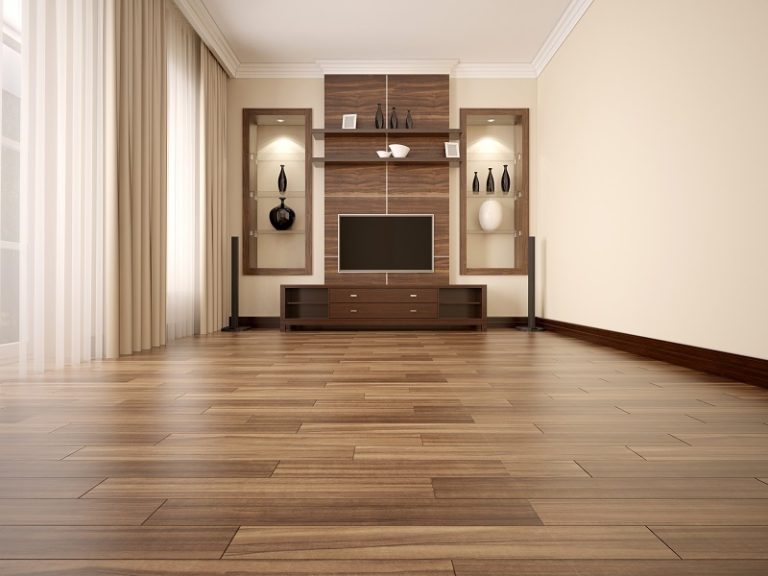
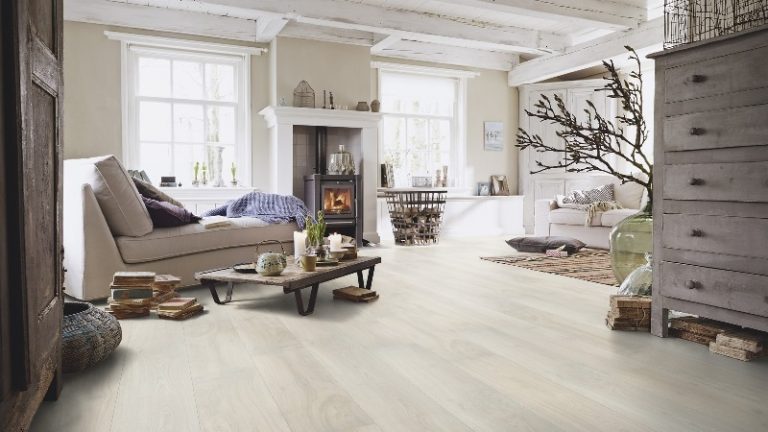
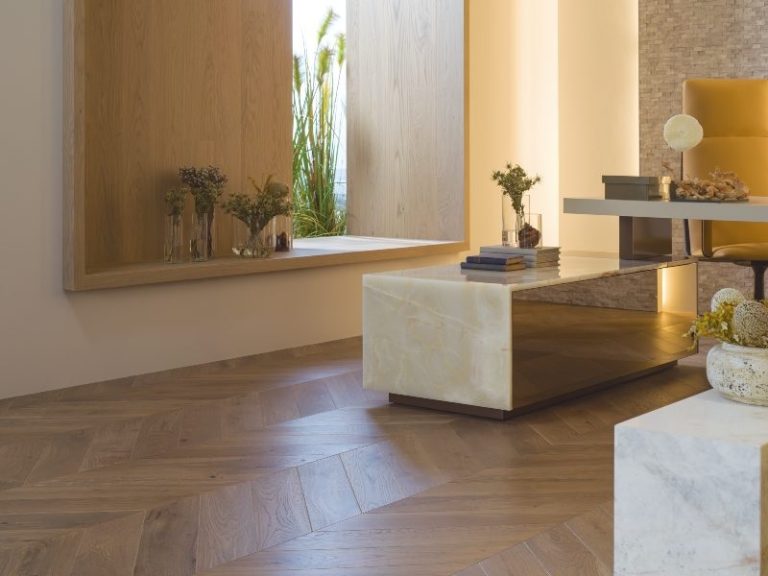
+ There are no comments
Add yours